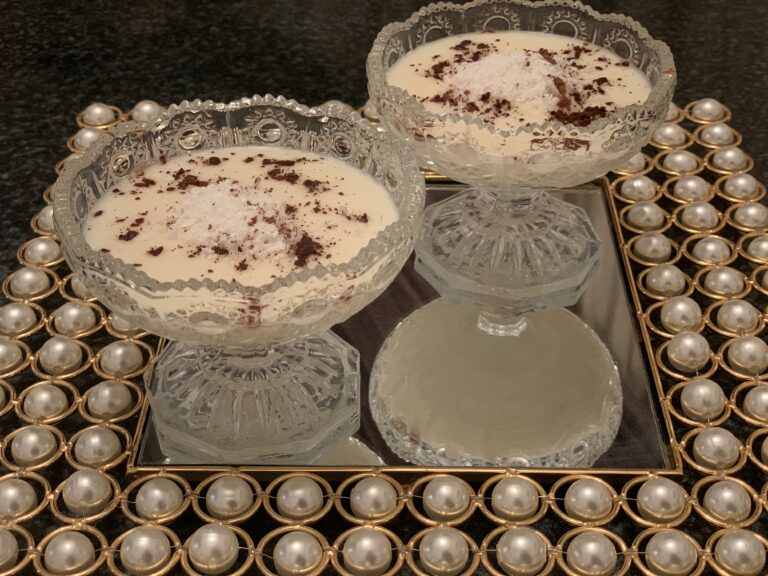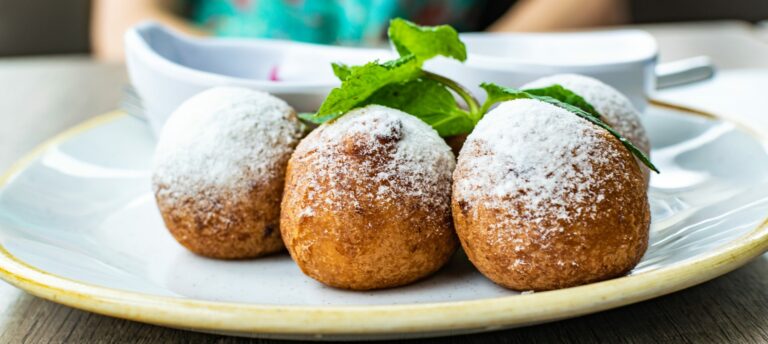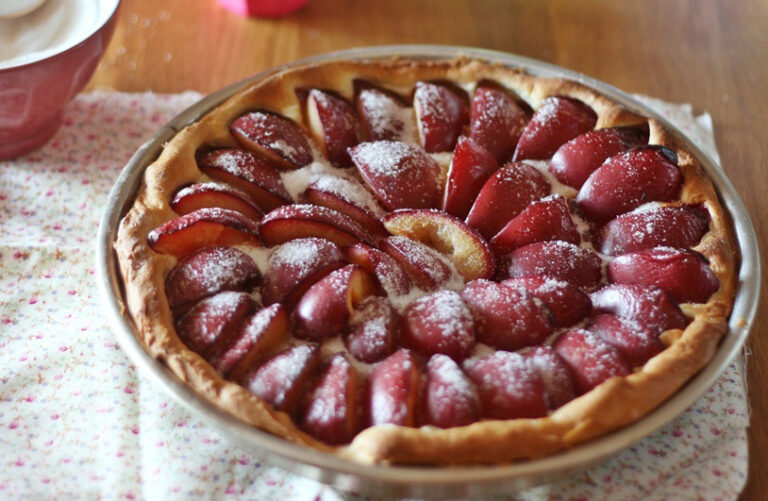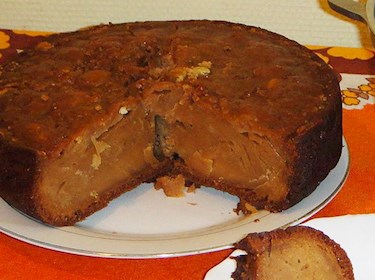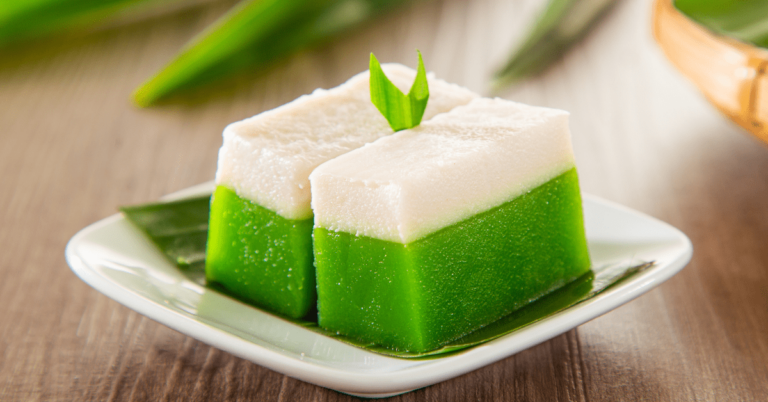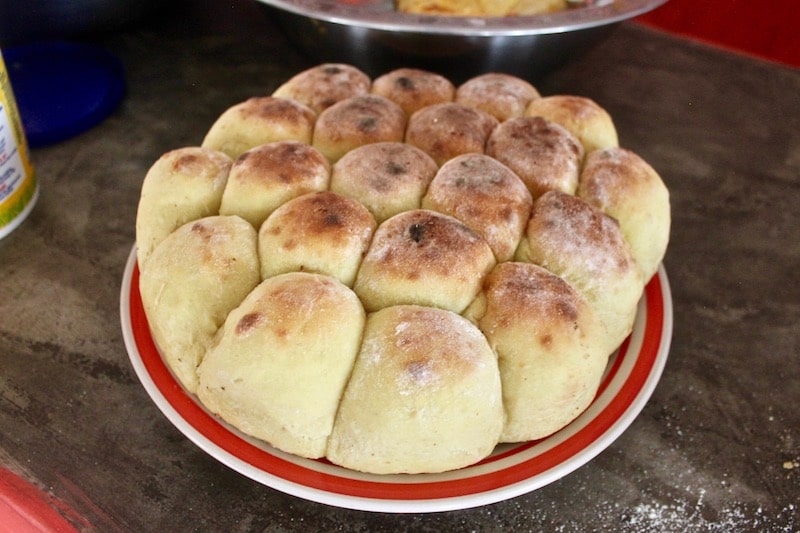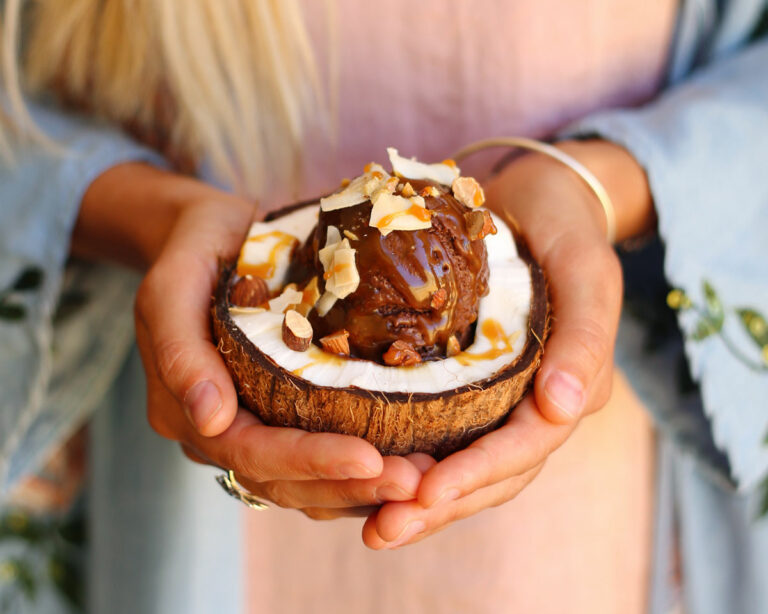Introduction: Lesotho Cuisine
Lesotho, a small landlocked country in Southern Africa, is known for its rich culture and traditions. Lesotho cuisine is no exception, as it has a unique blend of African and European influences. The cuisine is typically based on meat, maize, and vegetables, and is often served with a side of bread or porridge. While the country is not particularly well-known for its desserts or sweets, there are a few traditional treats worth mentioning.
Traditional desserts in Lesotho
Lesotho’s traditional desserts are simple, yet delicious. They are typically made with locally sourced ingredients and are often enjoyed as a snack or as a treat after a meal. Some of the most popular desserts include Makoenya, Fat Cake, Sebete, and Morabaraba.
Makoenya: A fried doughnut
Makoenya is a popular fried doughnut that is enjoyed throughout Lesotho. The dough is made with flour, sugar, and water, and is typically deep-fried until golden brown. It is then served hot and sprinkled with sugar. Makoenya can be enjoyed on its own, or with a cup of tea or coffee.
Fat Cake: A sweet, fluffy bread
Fat Cake is a sweet, fluffy bread that is a staple in Lesotho. The dough is made with flour, sugar, yeast, and water, and is then deep-fried until golden brown. Fat Cake is typically served for breakfast or as a snack, and is often enjoyed with a cup of tea or coffee.
Sebete: A sorghum porridge
Sebete is a traditional sorghum porridge that is often enjoyed as a breakfast dish in Lesotho. The porridge is made with ground sorghum, water, and salt, and is typically served with sugar or honey.
Morabaraba: A game and a sweet treat
Morabaraba is a popular board game in Lesotho, but it is also the name of a sweet treat that is enjoyed throughout the country. The treat is made with roasted peanuts, sugar, and water, and is typically served in small bite-sized pieces. Morabaraba is often enjoyed as a snack or as a treat after a meal.
In conclusion, while Lesotho may not be known for its desserts or sweets, the country does have a few traditional treats that are worth trying. From fried doughnuts and sweet bread to sorghum porridge and peanut treats, Lesotho’s desserts offer a unique taste of the country’s culture and traditions.



